- Report
- 5 February 2024
How does social media influence gender norms among adolescent boys?
- Author: Diana Koester, Rachel Marcus, Stephanie Diepeveen
- Published by: ALIGN
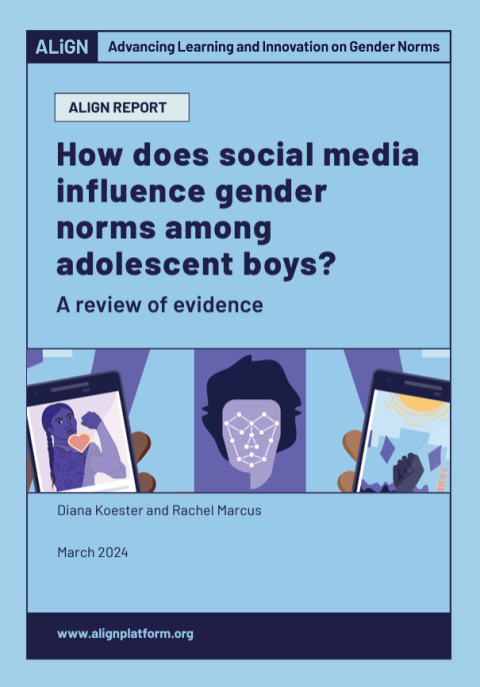
This ALIGN report and companion briefing note delves into the complex relationship between adolescent boys' social media use and its impact on gender norms.
Anecdotal evidence implies clear links between social media use and a rise of discriminatory gender norms in adolescent boys, but the research to date suggests it is not a straightforward cause and effect relationship. Social media comprises many platforms, which adolescents use in different ways at different times. Personal experiences, pre-existing attitudes, social context, and platform design all play pivotal roles in influencing boys' perspectives towards gender norms.
The report synthesises available evidence on the impact of social media use on gender norms among adolescent boys. Rather than framing social media as a risk in general, it is helpful to focus on both the dangers and the positive potential of particular kinds of use in a specific context. It then presents a framework for thinking about the potential sources of risk and thus entry points for mitigating harm and reinforcing positive effects.
Based on the evidence outlined in the report, the briefing outlines a set of recommendations for policymakers and civil society actors, aiming to support positive gender norms among boys on social media.
Key messages:
- Many factors influence the impact of boys’ social media engagement on their attitudes to gender equality including: personal experience and social context, platform design, and the types of social interactions they engage in online.
- Platforms allowing users to be anonymous or offer options for disappearing content enable adolescents to express themselves more freely. While some use this space to explore less gender-conforming ways of being, the same features can also provide openings for the expression of discriminatory attitudes and behaviours without being held to account.
- Some evidence suggests there are links between some discriminatory gender norms among adolescent boys and young men, and social media use. But, there is not a simple ‘cause and effect’ relationship: adolescents may select or be shown content that reflects their pre-existing interests and attitudes. The norms and attitudes they encounter at home, at school or elsewhere in their communities are also an important influence.
- Studies on the impacts of social media use on gender norms among adolescent boys use diverse methods and measures and are not always comparable. They therefore cannot be ‘added up’ in a straightforward way to point to an overall conclusion on effects. Most were undertaken in Europe and the US, often with relatively homogenous populations, and care should be taken when generalising to other contexts or social groups. (Report only)
- The impact of social media ‘infrastructure’ and business models are starting to be better understood, but action lags behind. The way in which social media algorithms work means adolescents who start to view sexist content are likely to be shown more of it, which could radicalise their existing attitudes. Despite content moderation policies, violent and misogynistic content is still widely available.
- To support positive gender norms among boys on social media, policymakers should seek to:
- increase platforms’ responsibilities in moderating misogynistic content
- invest in supportive offline environments for adolescent boys
- create safe online spaces for young people
- invest in critical media and digital literacy skills education for young people
- invest in more diverse research. (Briefing only)
Share this report
How does social media influence gender norms among adolescent boys? Recommended reading by @ALIGN_Gender.
https://www.alignplatform.org/resources/brief-social-media-gender-norms-adolescent-boys
- Countries / Regions:
- Global
Related resources
Report
7 March 2022
Published by: ALIGN
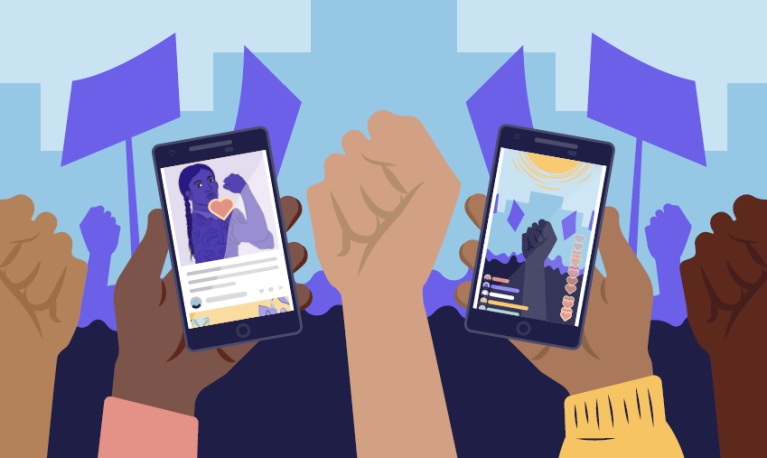
Report
18 February 2022
Published by: ALIGN

Briefing paper
9 January 2023
Published by: ALIGN
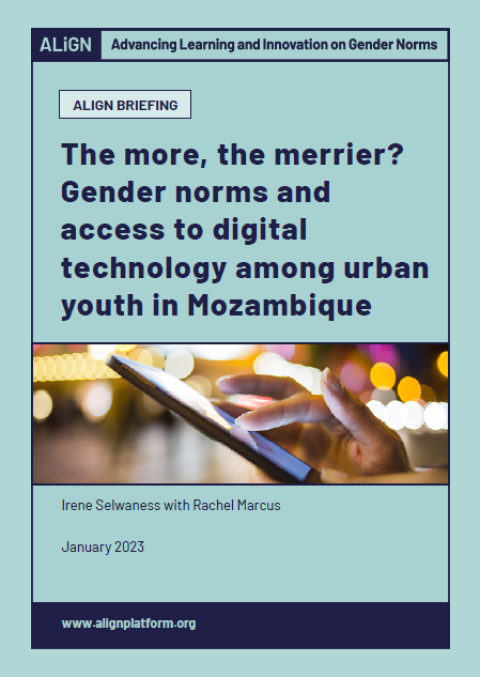
Blog
27 February 2023
Published by: ALIGN

Blog
10 February 2025
Published by: ALIGN
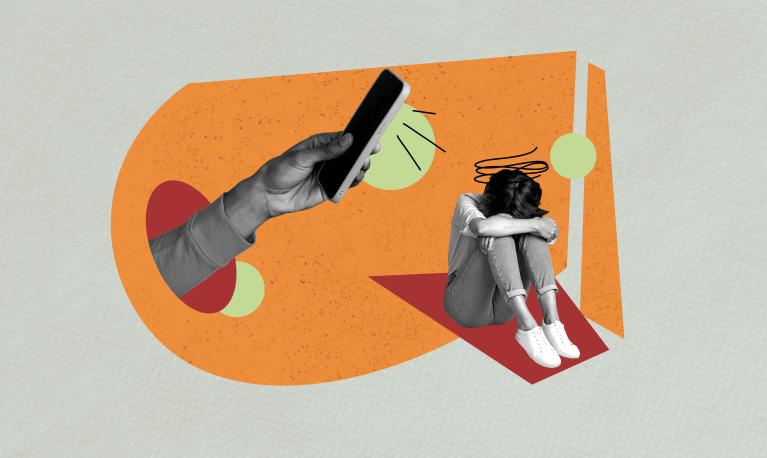
Report
19 November 2024
Published by: ALIGN, Mexfam
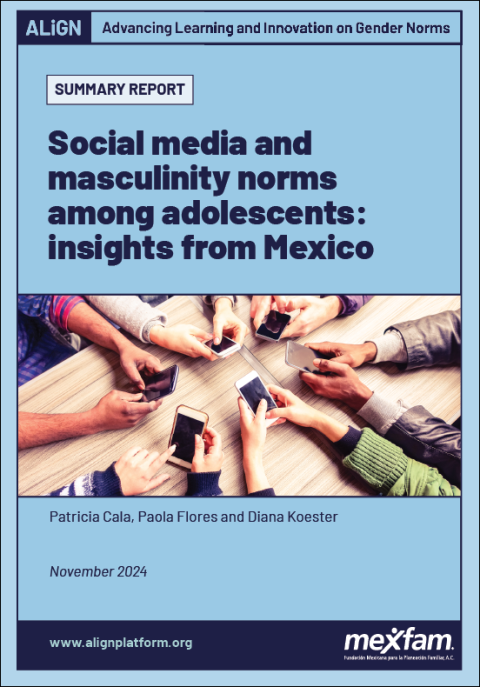
Report
13 November 2024
Published by: ALIGN
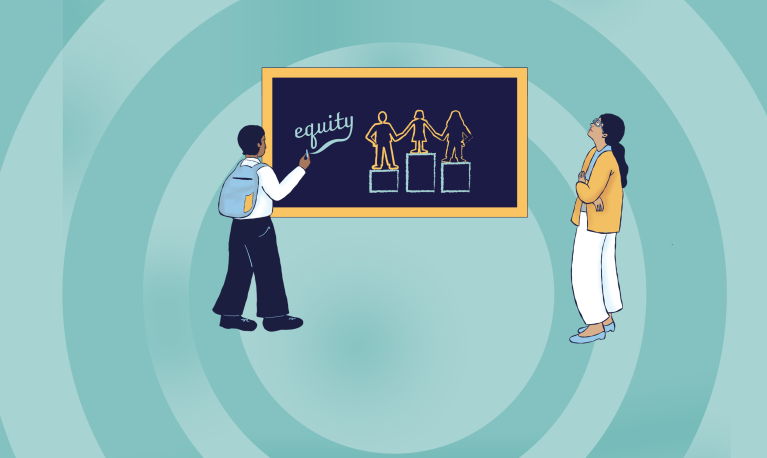
Blog
3 October 2024
Published by: ALIGN
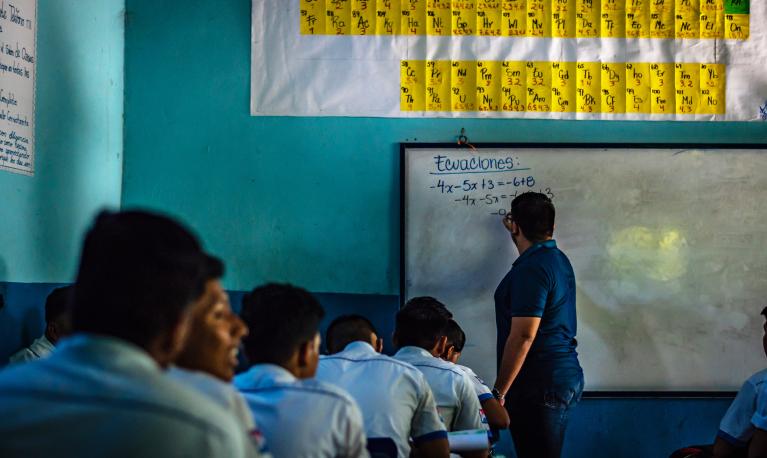
Report
30 September 2024
Published by: ALIGN, Frente Nacional para la Sororidad
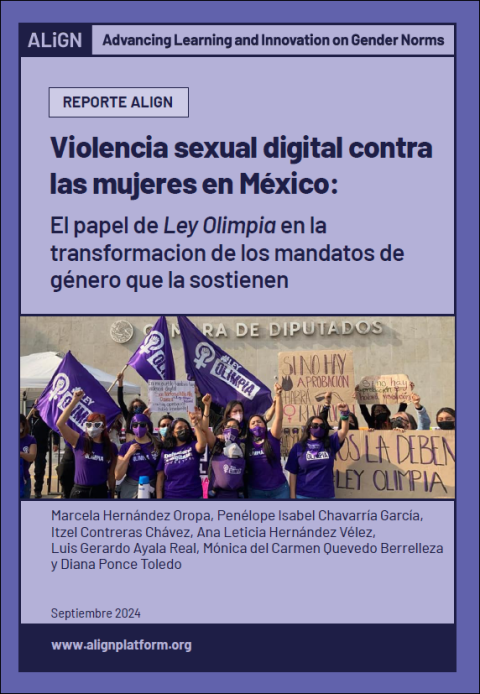
Toolkit
22 August 2024
Published by: Global Boyhood Initiative

Blog
28 May 2024
Published by: ALIGN

Report
28 May 2024
Published by: ALIGN
